Virginia wine you ask? Why yes indeed. The truth is that my knowledge of Virginia wine isn’t likely to fill the apocryphal thimble. The same can be said of my experience tasting or drinking it. There’s no particular reason for that, outside of the tried and true: too much wine, too little time. So while I’d previously had a couple of wines from Virginia, none really piqued my fancy. On a given day the amount of wine sitting, waiting patiently for me to taste it, is a blush worthy quantity. Put another way, my two kitties, Mrs. Howell and Mr. Furley have no lack of exciting new boxes to climb inside of, or sit on top of every week. What I’m saying is that I didn’t go out of my way looking for more Virginia wines. Eventually, I thought, I’d get to them. Then my friend Frank who writes the terrific Blog, Drink What YOU like invited me to take part in a Virginia Wine Chat (#VAWinechat). He created VA Wine Chat and has been hosting them about once a month for roughly 2 ½ years. Frank identifies VA producers he feels strongly about and travels to them and hosts a virtual tasting with the winemaker. Writers such as me are invited to take part at the specified time. Those of us that agree are sent the wines in advance of the tasting. Having taken part in a lot of virtual tastings (I tend to like them, though I understand some of my friend Jeff’s points in his recent story about them), I gladly accepted since it fit my schedule and I also really enjoy what Frank does.
Three wines were on the itinerary from Michael Shaps Wineworks and I was intrigued from the outset, starting with the fact that I could tell Frank was super excited about the Petit Manseng, a grape I have about as much personal experience with as I do Virginia Wines. Then add the fact that I never, ever, under anything but the most extreme circumstances turn down the opportunity to taste Cabernet Franc. To top it off we would close with a Meritage which would allow me to see what Michael Shaps does with blends too. What I found when we tasted the wines was genuinely eye opening. I enjoyed each of them for different reasons.
Michael Shaps 2014 Petit Manseng ($30)
This wine is composed entirely of Petit Manseng from a single vineyard. It was fermented mostly in French oak (33% new) and a small amount of stainless steel. It’s bottled after about 6 months. The nose is gorgeous with lychee fruit and a bit of toast. Golden fruit flavors dot the substantial palate. A hint of honey shows up on the long finish. This wine has firm acid and marvelous structure. It got more and more interesting as it warmed up.
Michael Shaps 2013 Cabernet Franc ($28)
Made of entirely Cabernet Franc it was fermented and aged in 100% French oak; 50% of the barrels were new. I love the aromatics of Cabernet Franc and this example delivers them in droves. Red and black cherry lead the way along with a dollop of leather. The palate shows off tons of red cherry fruit along with a host of spices. All of those elements continue on the finish where a bit of dusty cocoa and black tea joins in as well. What I like best about this wine is the gorgeous mouth-feel; it’s loaded with texture but supple in weight. If you like Cab Franc, find this!
Michael Shaps 2010 Meritage ($50)
This Meritage blend is made up of Merlot (40%), Cabernet Franc (24%), Cabernet Sauvignon (12%), Petit Verdot (12%), and Malbec (12%). It spent two years in French oak, 50% of it was new. Michael told us during the chat that he’s held this wine back a few extra years as he didn’t feel it was quite ready yet. In fact his 2012 is already out. I’d say he made the right decision as this wine is ready to enjoy now. The Cabernet Franc stands out a bit to me here (big nose) which I really like. Other than that it’s a pretty cohesive wine with all of the varieties coming together to form a delicious tapestry. Red fruits lead the show with tinges of black raspberry in play as well. The finish is long and deep with persistent spice and earth notes reverberating for a long while.
What a great wine chat. These wines all hit the spot for me. Michael’s wines are connected by the freshness of fruit and balance of each offering. The Petit Manseng was a complete revelation. I’m not sure what I’m going to seek out first, more Petit Manseng or more Virginia wines, but I intend to explore both further. If these wines are any indication it’s high time I jump on the highway and point myself toward Virginia. When I do Michael Shaps will certainly be at the top of my list. Hunt for these wines, they’re well worth it.








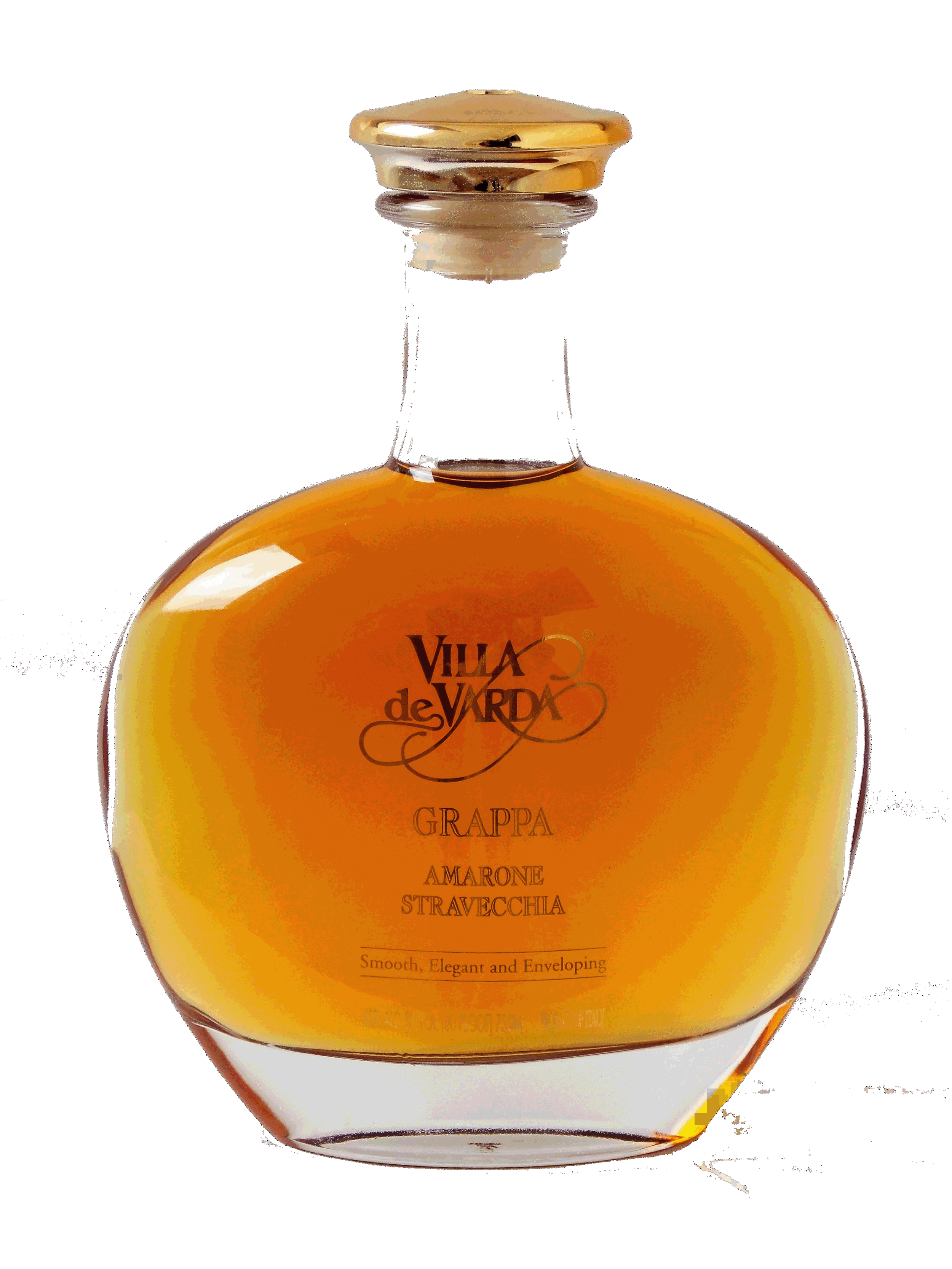 A couple of weeks back at dinner with Michele Dolzan I had the opportunity to taste through some of the different Grappa’s his family produces as well as learn all about their history. Michele is part of the fourth generation and along with his brother’s carries on the family tradition as well as bringing it forward to current times by instituting higher standards, and using modern technology to their advantage.
A couple of weeks back at dinner with Michele Dolzan I had the opportunity to taste through some of the different Grappa’s his family produces as well as learn all about their history. Michele is part of the fourth generation and along with his brother’s carries on the family tradition as well as bringing it forward to current times by instituting higher standards, and using modern technology to their advantage.
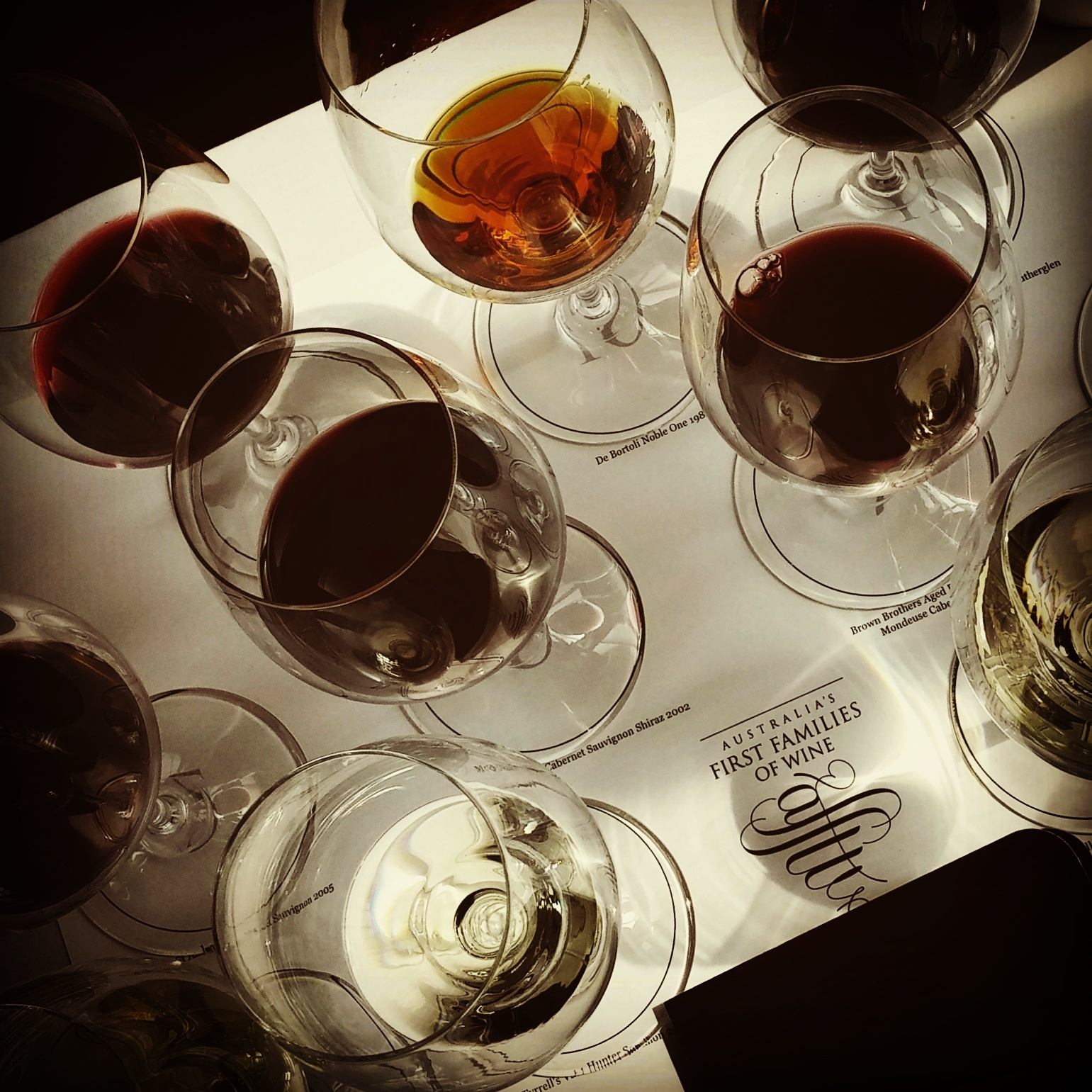 A few weeks back I attended an Australian wine event in Manhattan. This particular tasting was an interesting one indeed. Some of the country’s leading family-owned and multi-generational producers selected wines from their libraries to showcase to American trade and media. The main portion of the tasting was a sit-down seminar led by Mark Davidson, Australia’s worldwide wine educator. Alongside him, family members from each winery whose offerings were being poured that day were on hand to speak about their wine and
A few weeks back I attended an Australian wine event in Manhattan. This particular tasting was an interesting one indeed. Some of the country’s leading family-owned and multi-generational producers selected wines from their libraries to showcase to American trade and media. The main portion of the tasting was a sit-down seminar led by Mark Davidson, Australia’s worldwide wine educator. Alongside him, family members from each winery whose offerings were being poured that day were on hand to speak about their wine and 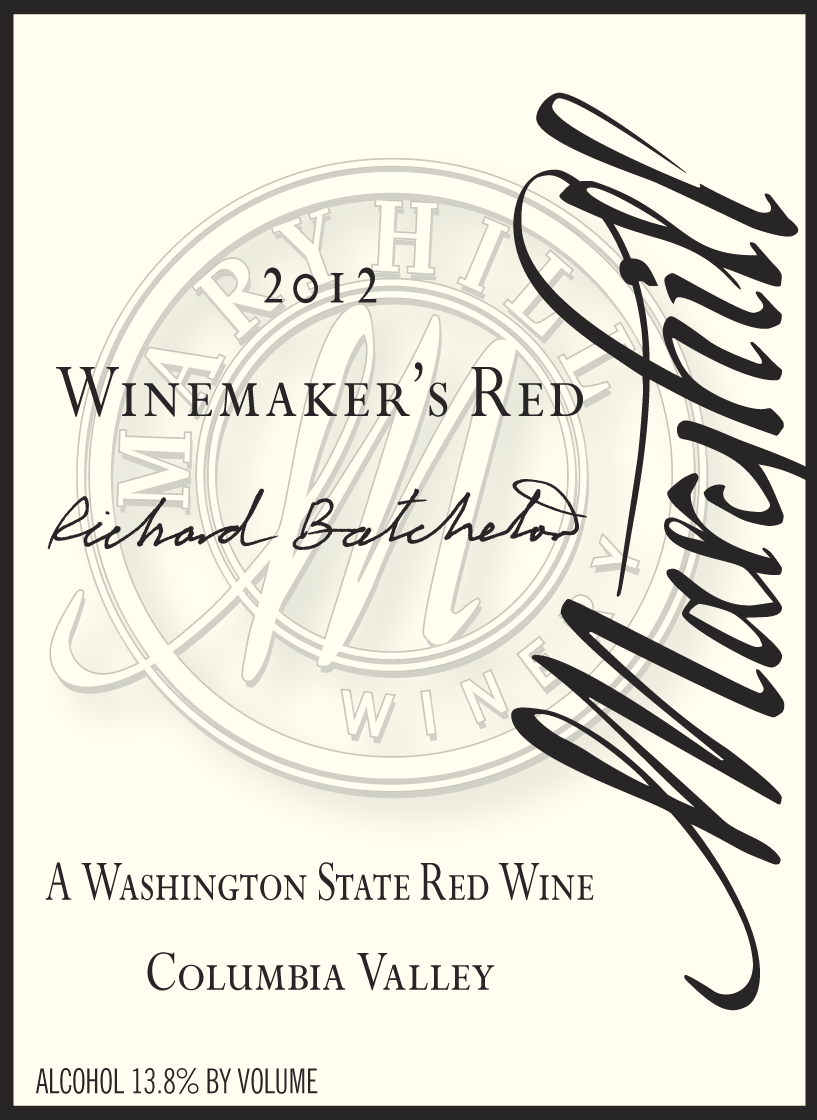 Founded in 1999,
Founded in 1999, Tinto fino is a specific clone of tempranillo. In fact, it’s thought by many to be the purest expression. Last week, I tasted with Emilio Moro winemaker Jose Moro and learned firsthand about this grape’s purity of expression as well as the wide swath of flavors and characters it can exhibit, which vary based on a number of factors. Everything they do at Emilio Moro is aimed at producing the best possible expression of their vineyard sites. Emilio Moro has plantings that are relatively new, and others that are close to 100 years in age. Their goal is to showcase what tinto fino can achieve in their vineyards in Ribera del Duero.
Each wine in their portfolio is a carefully considered expression that is site-specific in its intent. As a winery, Emilio Moro employs a combination of tradition and innovation. At their heart, they are traditionalists, and their winemaking methodologies are time-tested and pure. However, they have the foresight to use modern technology and technical innovations to provide the information and support they need so that they can employ those traditional techniques in the optimal...
Tinto fino is a specific clone of tempranillo. In fact, it’s thought by many to be the purest expression. Last week, I tasted with Emilio Moro winemaker Jose Moro and learned firsthand about this grape’s purity of expression as well as the wide swath of flavors and characters it can exhibit, which vary based on a number of factors. Everything they do at Emilio Moro is aimed at producing the best possible expression of their vineyard sites. Emilio Moro has plantings that are relatively new, and others that are close to 100 years in age. Their goal is to showcase what tinto fino can achieve in their vineyards in Ribera del Duero.
Each wine in their portfolio is a carefully considered expression that is site-specific in its intent. As a winery, Emilio Moro employs a combination of tradition and innovation. At their heart, they are traditionalists, and their winemaking methodologies are time-tested and pure. However, they have the foresight to use modern technology and technical innovations to provide the information and support they need so that they can employ those traditional techniques in the optimal... 
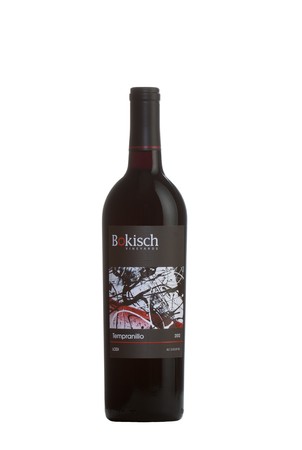 Having spent a lot of time in many of California’s wine-growing regions, it was about time that I made it to Lodi. A couple of weeks back I did exactly that as a guest of the Winegrowers of Lodi. Over a period of four days, the group I was with extensively toured vineyards sites and wineries. Along the way, we tasted something like a boatload of wine — maybe a little more. The trip was designed to open our eyes to Lodi as a premium wine-growing region, and it did just that for me. While I was aware that some fine wine was coming from the area, I had no real idea about the wide array of grapes being grown or how many boutique producers there are doing their own thing. In short, there are a lot of exciting things going on in Lodi, California, and I’ll get to many of them in time. For now, though, I’m focusing on one producer.
Having spent a lot of time in many of California’s wine-growing regions, it was about time that I made it to Lodi. A couple of weeks back I did exactly that as a guest of the Winegrowers of Lodi. Over a period of four days, the group I was with extensively toured vineyards sites and wineries. Along the way, we tasted something like a boatload of wine — maybe a little more. The trip was designed to open our eyes to Lodi as a premium wine-growing region, and it did just that for me. While I was aware that some fine wine was coming from the area, I had no real idea about the wide array of grapes being grown or how many boutique producers there are doing their own thing. In short, there are a lot of exciting things going on in Lodi, California, and I’ll get to many of them in time. For now, though, I’m focusing on one producer.
 There are an overwhelming number of wine producers out there. That leads to countless bottles on shelves all over the world. Some of those labels have a neat little story on them about the winery, the grapes, or something else. Too often, those stories are marketing spin, created to make a wine more appealing. It doesn’t mean anything is particularly wrong with that wine, but if the wine I’m drinking has a story attached, I want it to be real, not from the land of make-believe.
There are an overwhelming number of wine producers out there. That leads to countless bottles on shelves all over the world. Some of those labels have a neat little story on them about the winery, the grapes, or something else. Too often, those stories are marketing spin, created to make a wine more appealing. It doesn’t mean anything is particularly wrong with that wine, but if the wine I’m drinking has a story attached, I want it to be real, not from the land of make-believe. Father’s Day is around the corner, so it’s time to get
Father’s Day is around the corner, so it’s time to get 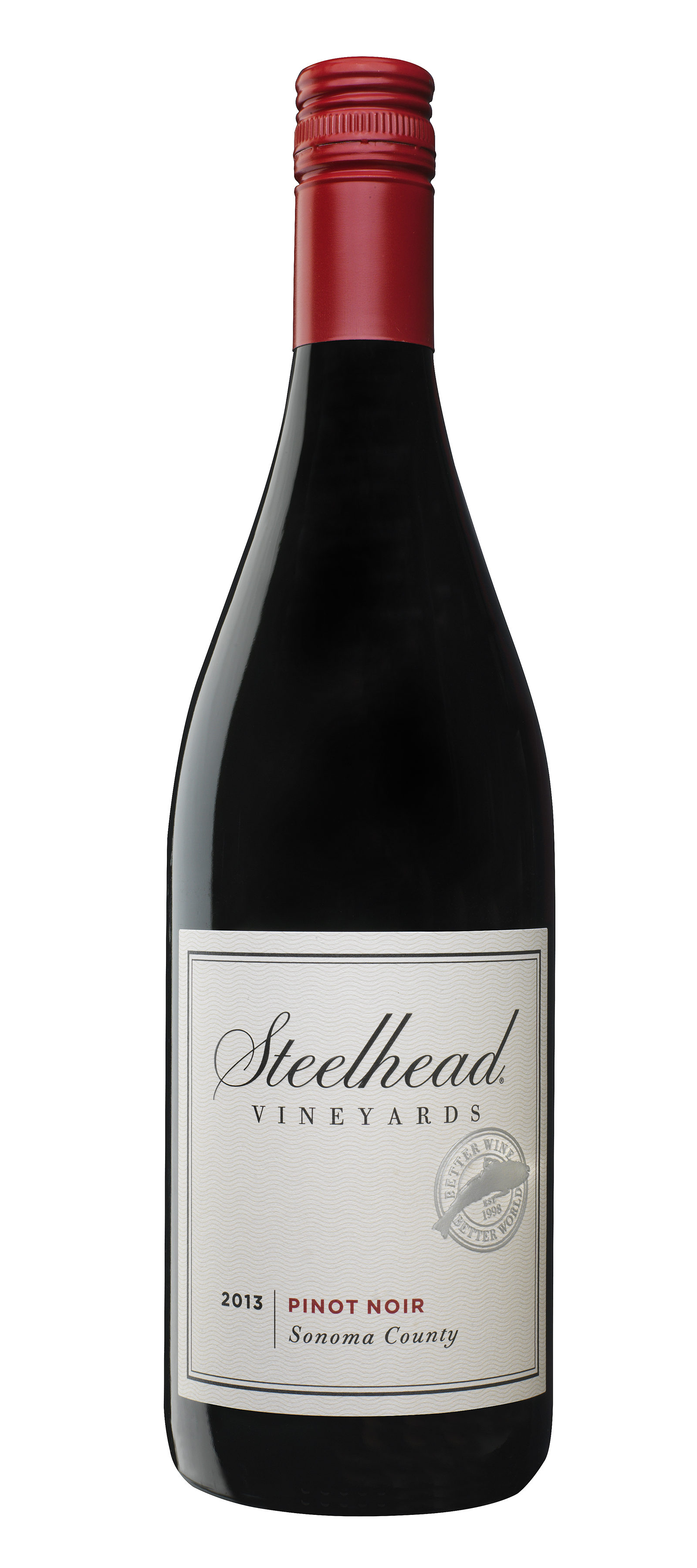 Steelhead Vineyards is owned by Katy and Dan Leese who also founded the V2 Wine Group which owns a number of properties. Steelhead Vineyards itself is committed to charity. A percentage of all their sales are donated to Trout Unlimited. This group does outreach with Northern California Wineries to help them move towards improved water practices. This includes restoration of Salmon and Steelhead habitats on their properties and more. More information can be found on
Steelhead Vineyards is owned by Katy and Dan Leese who also founded the V2 Wine Group which owns a number of properties. Steelhead Vineyards itself is committed to charity. A percentage of all their sales are donated to Trout Unlimited. This group does outreach with Northern California Wineries to help them move towards improved water practices. This includes restoration of Salmon and Steelhead habitats on their properties and more. More information can be found on 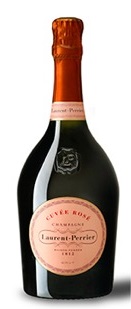

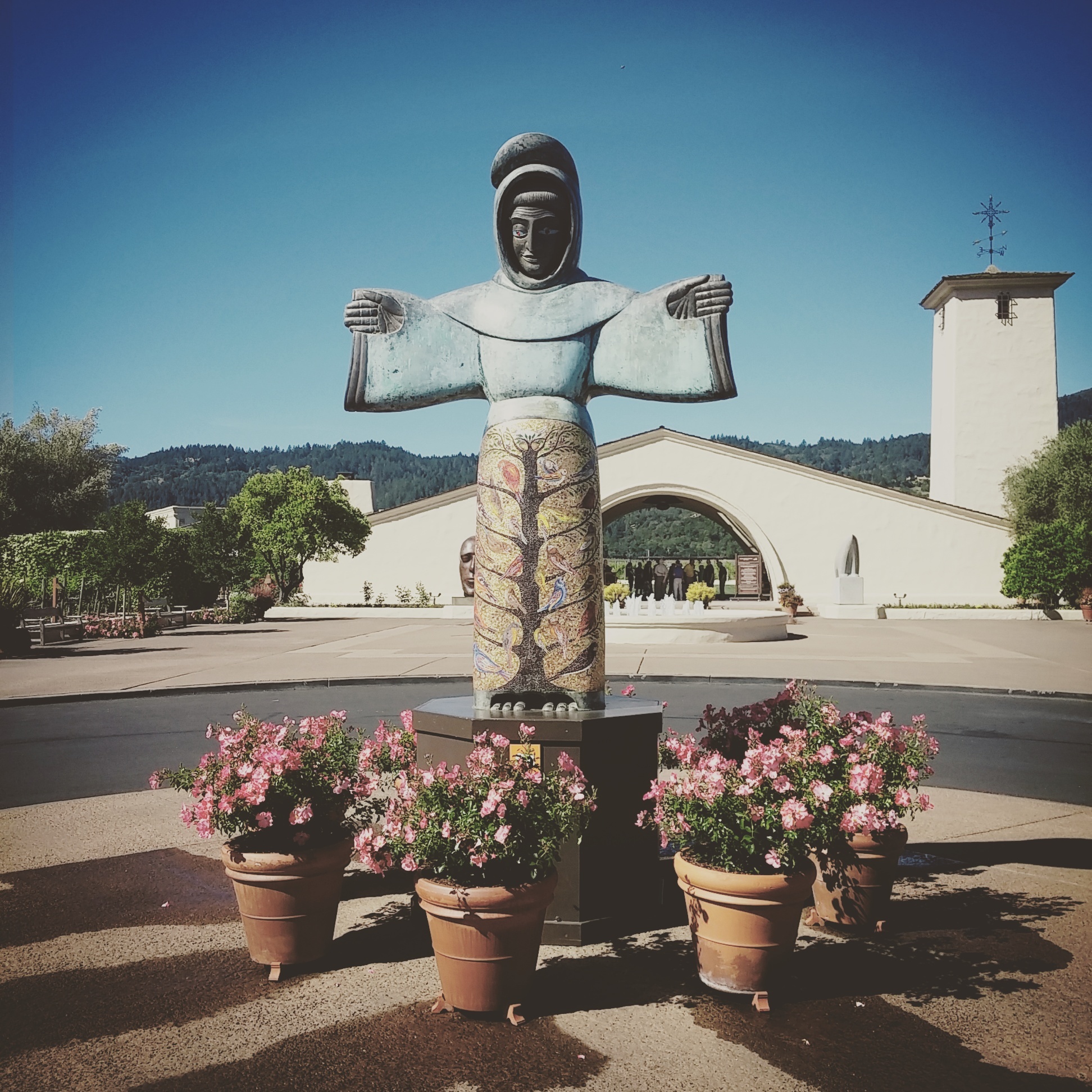
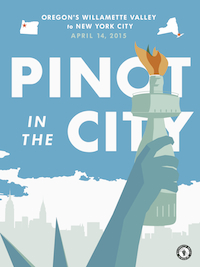 Vintners from a broad array of Willamette Valley wineries showcased their wines at New York’s City Winery recently. It has been 50 years since the first pinot noir vines were planted there, so the gathering had a festive quality. There’s an extraordinary amount of good pinot noir in Oregon — it’s what the state’s wine producers are known for. However, as the tasting clearly exhibited, it isn’t the only thing they do well. Over several hours, I sampled pinot noir in a host of styles as well as chardonnay, pinot gris, and more. It’s been a few years since I’ve made it out to the Willamette Valley, so I was glad to have this opportunity to taste through a cross section of the area’s offerings right here in New York. The bottom line is that Oregon, and the Willamette Valley in particular, has a lot of delicious wine coming out of it. Thoughts on a handful of my favorites follow.
Vintners from a broad array of Willamette Valley wineries showcased their wines at New York’s City Winery recently. It has been 50 years since the first pinot noir vines were planted there, so the gathering had a festive quality. There’s an extraordinary amount of good pinot noir in Oregon — it’s what the state’s wine producers are known for. However, as the tasting clearly exhibited, it isn’t the only thing they do well. Over several hours, I sampled pinot noir in a host of styles as well as chardonnay, pinot gris, and more. It’s been a few years since I’ve made it out to the Willamette Valley, so I was glad to have this opportunity to taste through a cross section of the area’s offerings right here in New York. The bottom line is that Oregon, and the Willamette Valley in particular, has a lot of delicious wine coming out of it. Thoughts on a handful of my favorites follow.  Many members of the Mondavi Family have been involved in the California wine industry for generations. Their two largest and best-known wineries are Charles Krug, part of the Peter Mondavi family, and the Robert Mondavi Winery, which was started by Peter’s brother Robert. While these are tentpoles in Napa Valley, various Mondavi family members have started and maintained all sorts of other projects of varying scope
One of those projects is Aloft,. created by Marc Mondavi and his family. Marc, one of Peter’s sons, conceived this wine with the help of his wife and daughters. All of the fruit comes from their own Cold Springs Vineyard, which sits on Howell Mountain in Napa Valley. I recently sat down with Marc’s daughter Alycia and tasted the 2009 vintage of Aloft.
Many members of the Mondavi Family have been involved in the California wine industry for generations. Their two largest and best-known wineries are Charles Krug, part of the Peter Mondavi family, and the Robert Mondavi Winery, which was started by Peter’s brother Robert. While these are tentpoles in Napa Valley, various Mondavi family members have started and maintained all sorts of other projects of varying scope
One of those projects is Aloft,. created by Marc Mondavi and his family. Marc, one of Peter’s sons, conceived this wine with the help of his wife and daughters. All of the fruit comes from their own Cold Springs Vineyard, which sits on Howell Mountain in Napa Valley. I recently sat down with Marc’s daughter Alycia and tasted the 2009 vintage of Aloft. 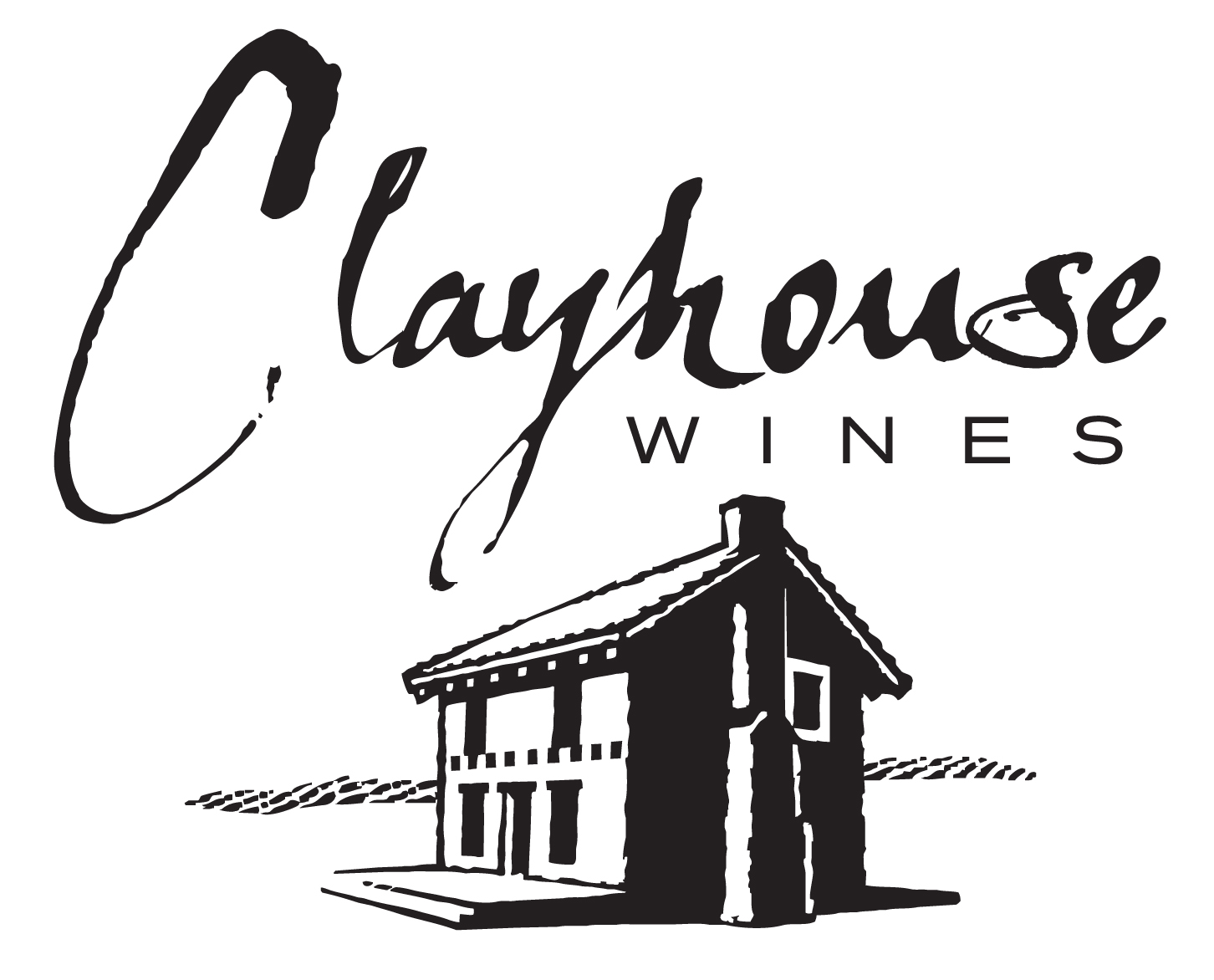 Over the last decade the Paso Robles region in California has really emerged as a resource for excellent wines. Paso contains a number of distinct sub-regions and very wide arrays of different grapes thrive there. Producers of all sizes are making interesting wines. Clayhouse Vineyard is a producer I’ve been familiar with for a number of years now. As a whole they make wines that are well priced, full of character and available around the country. Here’s a look at 5 current releases that I heartily recommend.
Over the last decade the Paso Robles region in California has really emerged as a resource for excellent wines. Paso contains a number of distinct sub-regions and very wide arrays of different grapes thrive there. Producers of all sizes are making interesting wines. Clayhouse Vineyard is a producer I’ve been familiar with for a number of years now. As a whole they make wines that are well priced, full of character and available around the country. Here’s a look at 5 current releases that I heartily recommend.